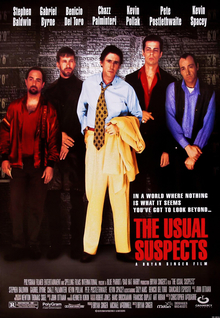In this lesson we started to think about how to storyboard. We discussed how story boarding can help people shoot a film. It is useful because the film maker can see what shots they need to get and if there is annotation on the side it can help them to remember extra details like lighting, sound and the type of transition. This is very helpful because it can help people not miss out shots and to keep a track of the shots they have done previously.
We then watched a video about how to storyboard if you can't draw. This was useful because it showed us that you don't need to be an artist to storyboard you just need to make your ideas clear.
We looked at an example of a storyboard:
We then got given our own template to start working on:





































